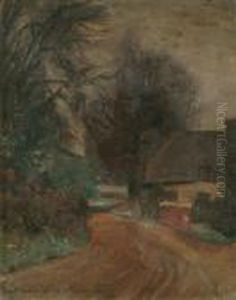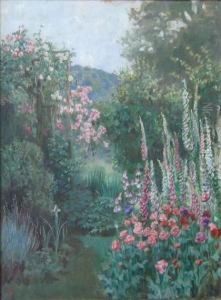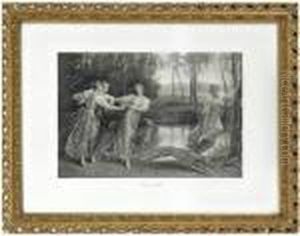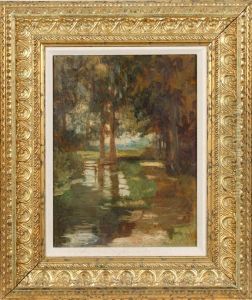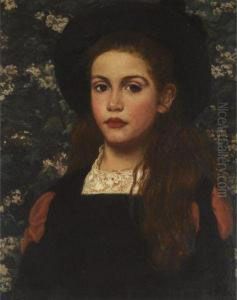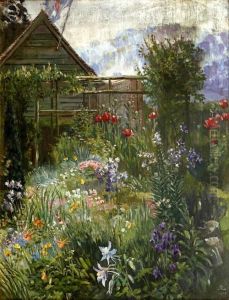Anna Massey Lea Merritt Paintings
Anna Massey Lea Merritt, born in Philadelphia in 1844, was an American painter who carved a unique niche for herself in the art world during the late 19th and early 20th centuries. Merritt's journey into the arts began at a young age, influenced by her supportive family environment. Despite the societal constraints placed on women in the arts during her time, she pursued her passion with vigor, studying under various artists and eventually moving to Europe, which was then the center of the art world.
Merritt's artistry flourished in England, where she settled and became part of the vibrant artistic community. Her marriage to Henry Merritt, a critic and art lecturer, in 1877, further integrated her into the British art scene. Tragically, Henry died just three months after their wedding, a loss that deeply affected Anna but also motivated her to continue her artistic pursuits in his memory. She never remarried, dedicating her life to her art.
Her works encompassed a variety of subjects, including portraits, religious themes, and landscapes, but she is perhaps best remembered for her depictions of women, which often portrayed them in roles of strength and independence, challenging the traditional narratives of the time. One of her most famous works, 'Love Locked Out' (1890), was in memory of her husband and aimed to challenge the Royal Academy's exclusion of female artists. The painting, depicting a child trying to open the door to a tomb, was an allegory of love persisting beyond death and marked a significant moment in her career, being the first work by a woman artist purchased for the British national collection.
Throughout her life, Merritt actively advocated for the rights of women artists, pushing against the boundaries of a male-dominated art world. She exhibited widely, gaining recognition and respect in both Europe and America. Her legacy is not just in the beautiful and emotive works she left behind, but also in her role as a pioneer for women in the arts, demonstrating resilience, talent, and dedication in the face of adversity.
Merritt's contributions to art were recognized late in her life, and her works continue to be celebrated for their depth, beauty, and pioneering spirit. She passed away in 1930, leaving behind a legacy that continues to inspire and resonate with artists and art lovers alike.



